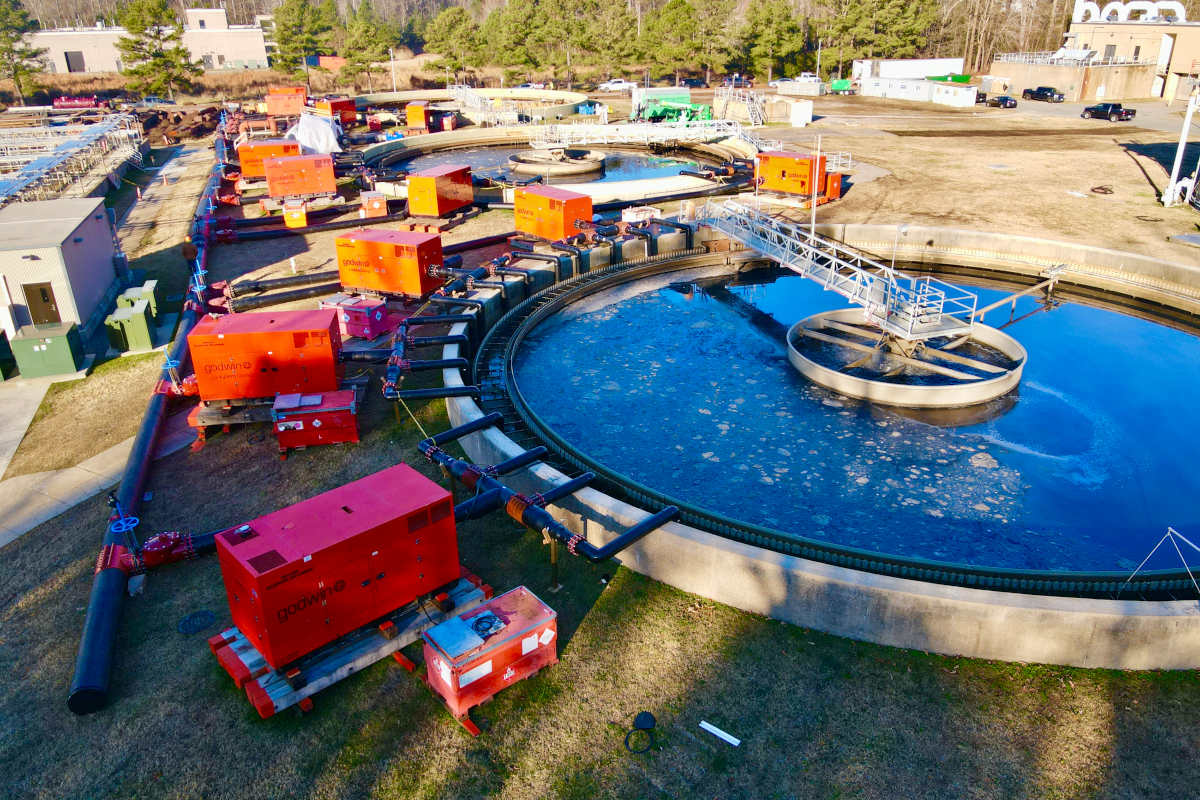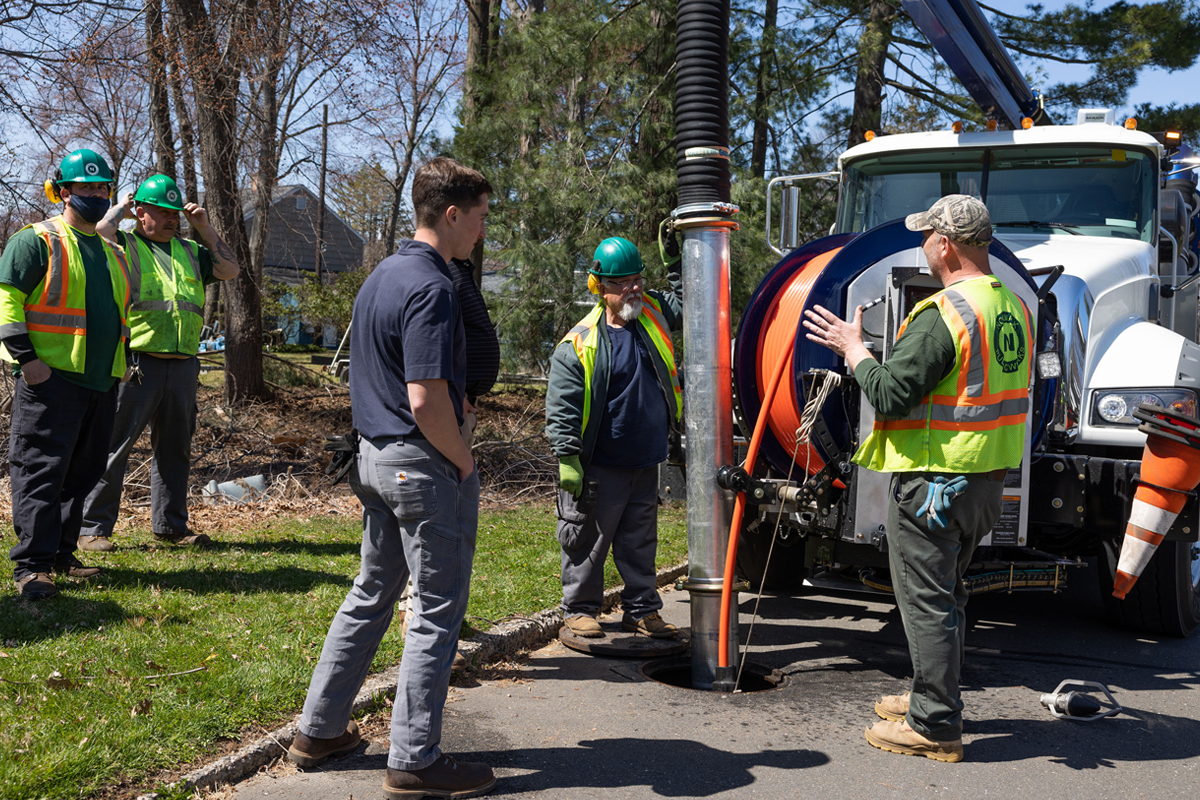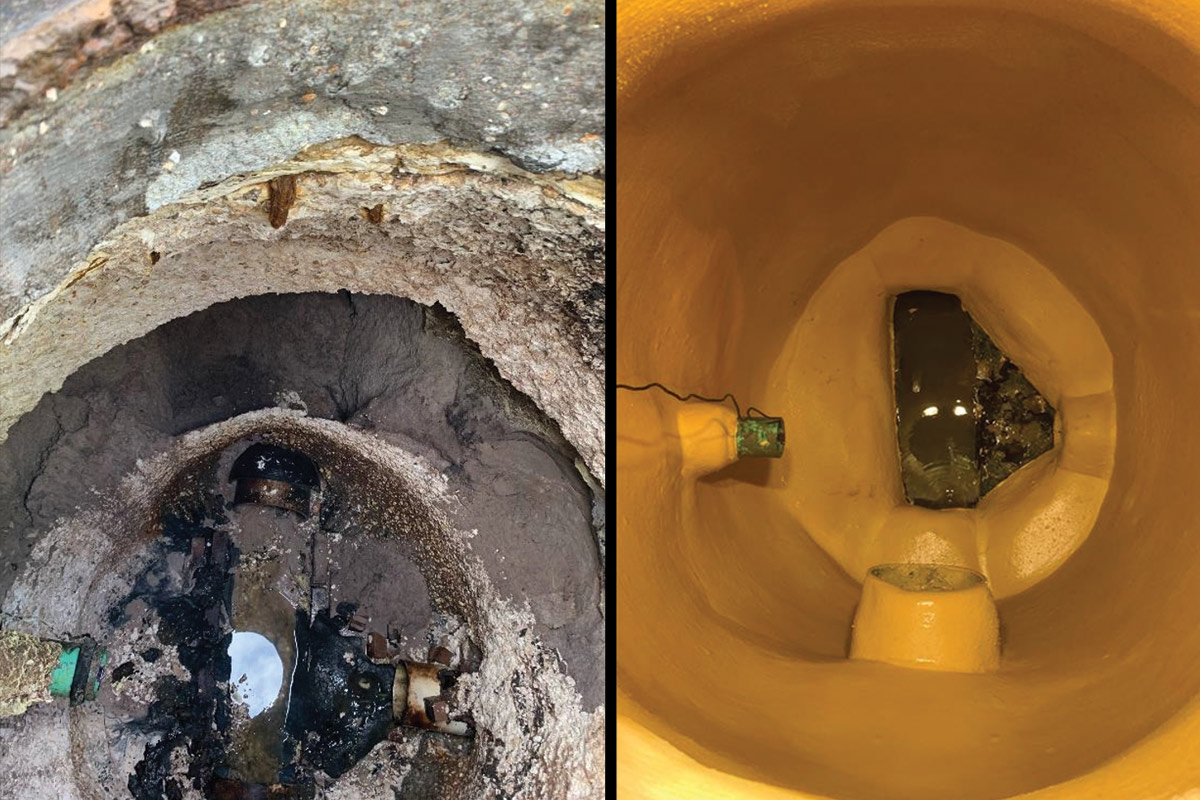
NASSCO Report – Introducing Perforated Pipe to NASSCO’s PACP Version 8.0
A perforated pipe system differs from a watertight conventional sewer main system. The pipe is designed to allow groundwater to enter the pipe, remove the captured surface water, or lower the groundwater table from a designated area and redirect the fluid away.
Perforated pipe systems are typically constructed local to structures such as roads, basements, or other underground assets. There are many names associated with this type of system; from weeping tiles, to blind, filter, perimeter, rubble or rock, trench, or filter drains, but they are often referred to as French drains or underdrains based on the system’s ultimate function.
Early French drains, named after the American agriculturist who invented them, Henry Flag French, were simple rock-filled trenches designed to collect surface and groundwater. Historical underdrains would often use vitrified clay pipe having no gaskets, where open joints may have been wrapped in burlap to mitigate against soil migration. In modern day systems, French drains use perforated pipe wrapped with a geotextile to protect against the risk of soil migration into the pipe.
By design, a perforated pipe system intentionally allows infiltration or exfiltration to occur.
Understanding that a French drain is inherently different than a conventional gravity pipe, we start to appreciate that infiltration, or small open joints, are no longer classified as defects but are essential features of the pipe function to lower and remove fluids.
A recent inspection project to clean, inspect and identify defect and features for condition assessment of an underdrain system was completed. The asset was located below and adjacent to a large diameter aqueduct to allow sulphate rich groundwater to be removed and conveyed away from the critical concrete built aqueduct pipe.
Until now, when inspecting any pipe in the Americas, NASSCO’s Pipeline Assessment Certification Program (PACP) v7.0.4 standard would be used; however, inspectors on this project would find dichotomies when using certain codes and their associated grades.
While using PACP to characterize defects and features, the Structural and Operation & Maintenance grading ramifications needed to be modified by the team to meet the pipe’s functional use and specific defects’ potential impact on pipe deterioration through loss of ground. The team effectively had to ignore or modify the high scores calculated by the v7.0.4 software.
As part of NASSCO’s updated PACP Version 8.0, NASSCO’s Infrastructure Condition Assessment Committee set forward efforts to introduce perforated pipe to the standard. Perforated pipe can now be used for sanitary and non-sanitary use, for drainage of partially treated sewage, or for groundwater as part of an underground drainage system, thus removing the misalignment of grading when inspecting perforated pipe.
The Committee also sought to define perforated pipe where it is described as “a pipe that has a series of small holes, slots or intentionally installed small, separated joints, that allow water to enter or exit them easily.” The Committee identified the need to introduce new grades for the small joint defect for angular, offset and separated where its grade would be low to represent its existence but not identify it as a fault. Joints that would exhibit medium to large openings would still be classed as a defect and graded as such given the risk of potential soil migration.
Further, infiltration stains, weepers, drippers and runners were seen as normal functioning inflow to the perforated pipe and was provided a low grade, again to represent its existence but not identify a fault. Infiltration gusher would be seen as inflow under pressure and would have a detriment to the surrounding pipe with likely soil migration and loss of ground, as such receiving a high grade. These changes hope to realign and standardize the scoring of perforated pipe segments across the Americas in hopes that PACP professionals do not have to further modify the standard.
This is but just one element of improvements that has been applied to the PACP Version 8.0. To learn more, upgrade to PACP Version 8.0 certification, and sign up for a class, visit nassco.org.
Christopher Mitchell is with AECOM and is a NASSCO PACP Master Trainer.




